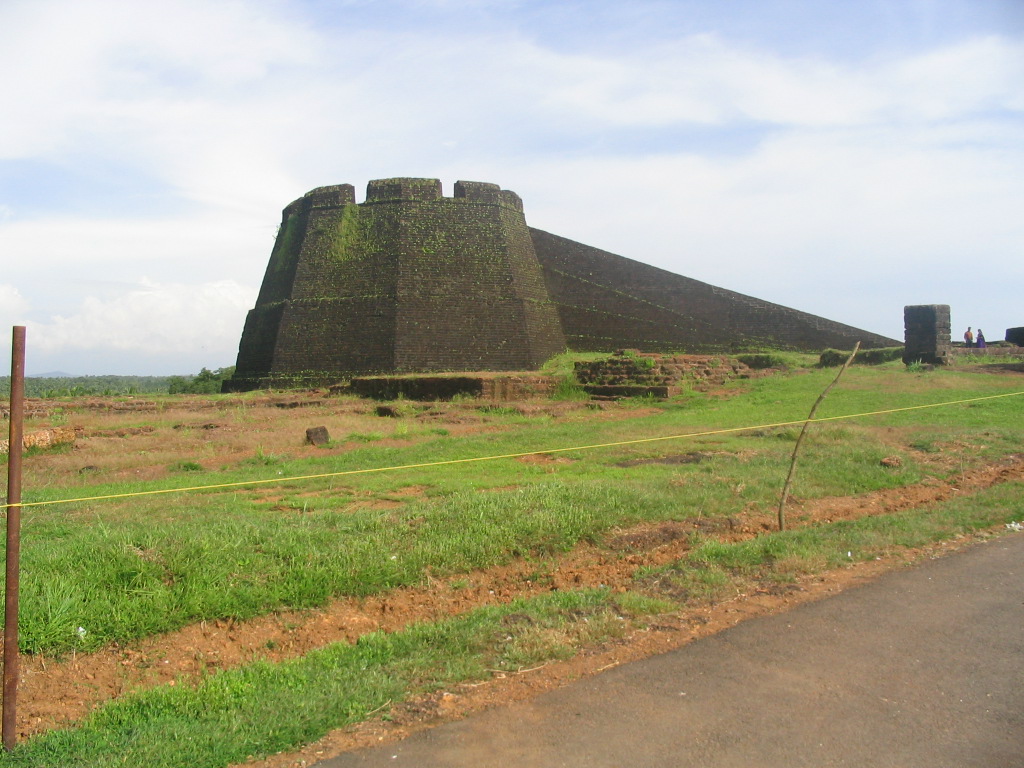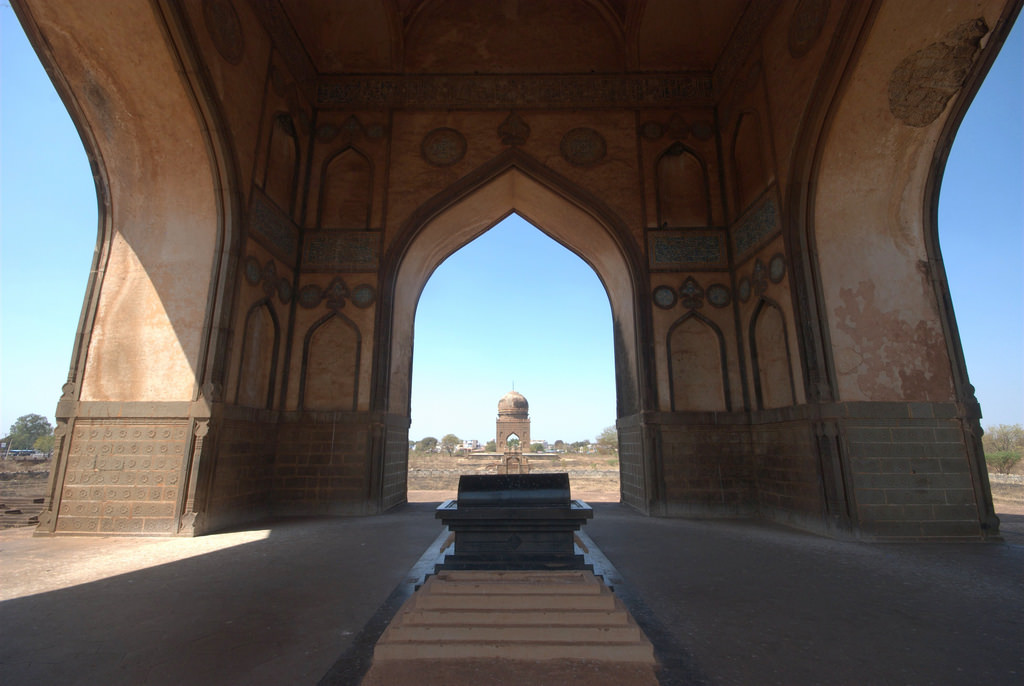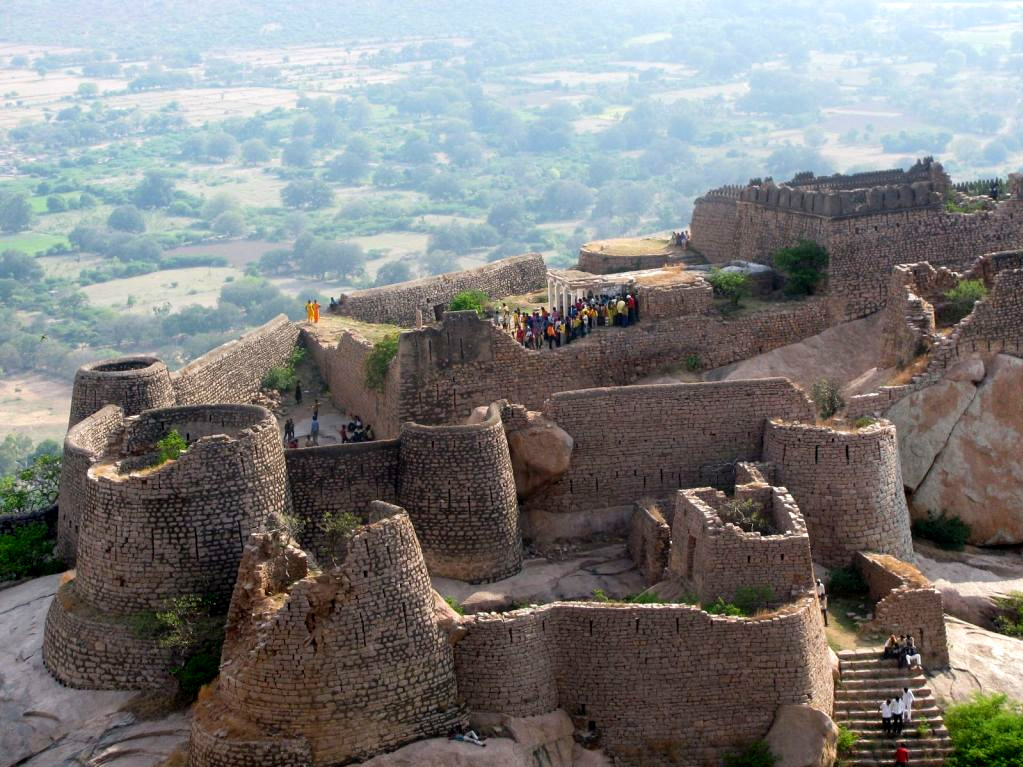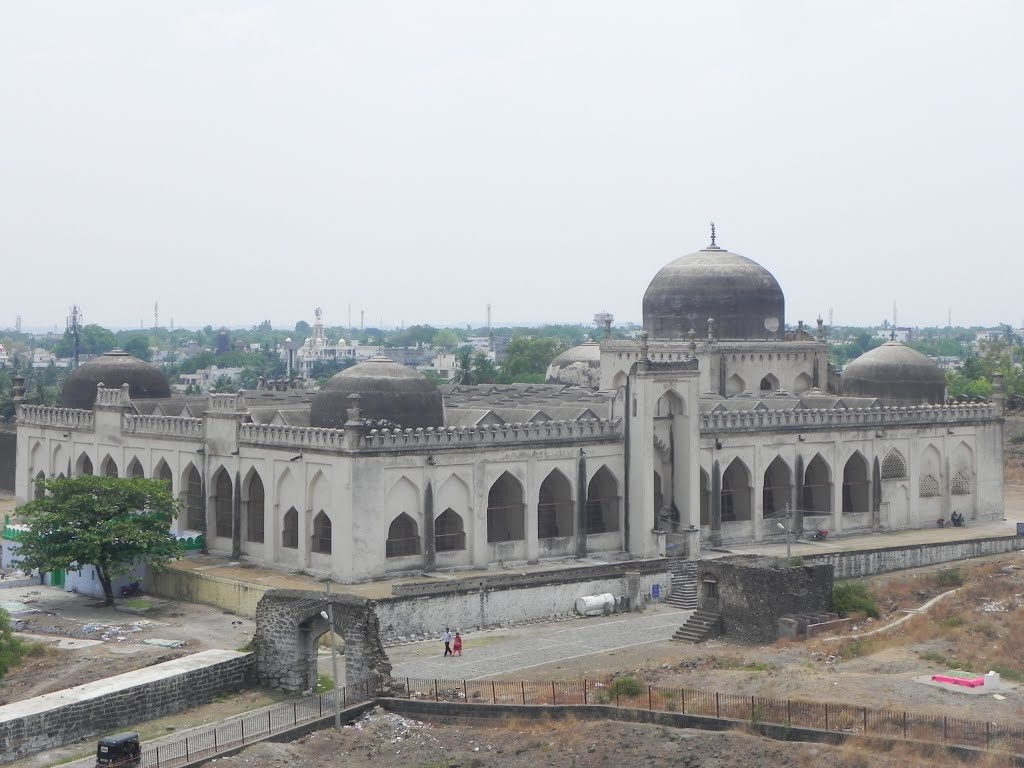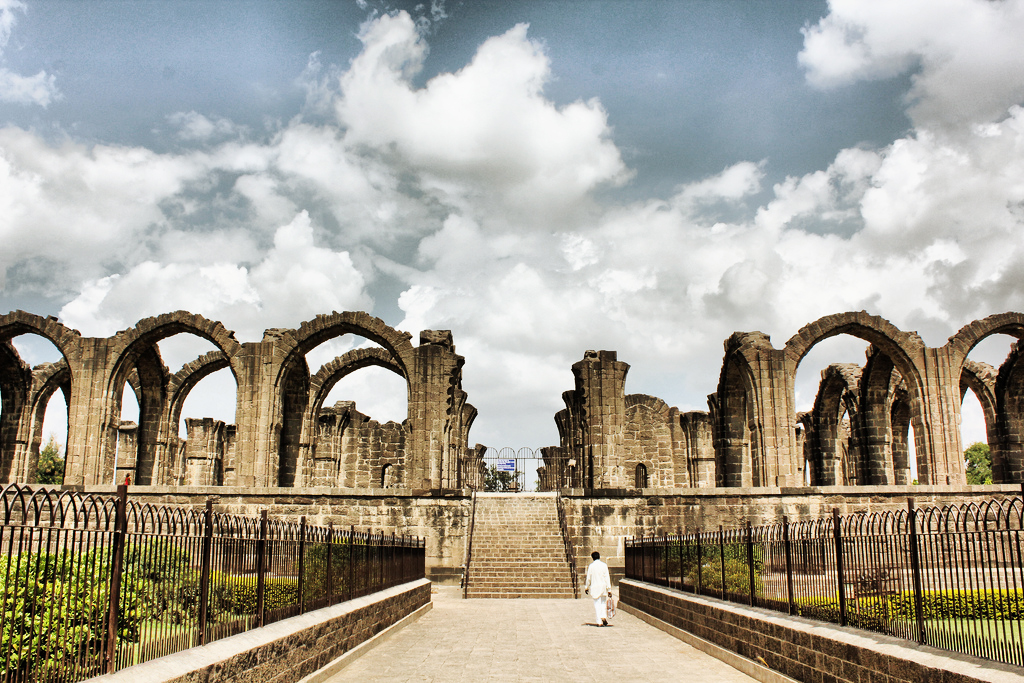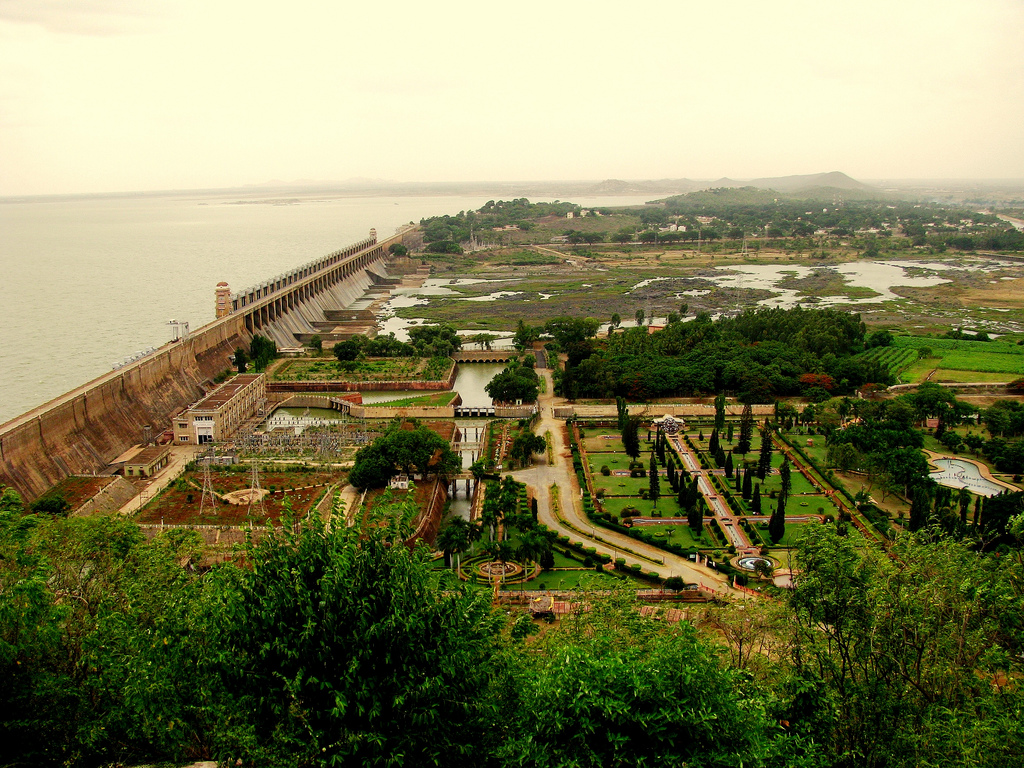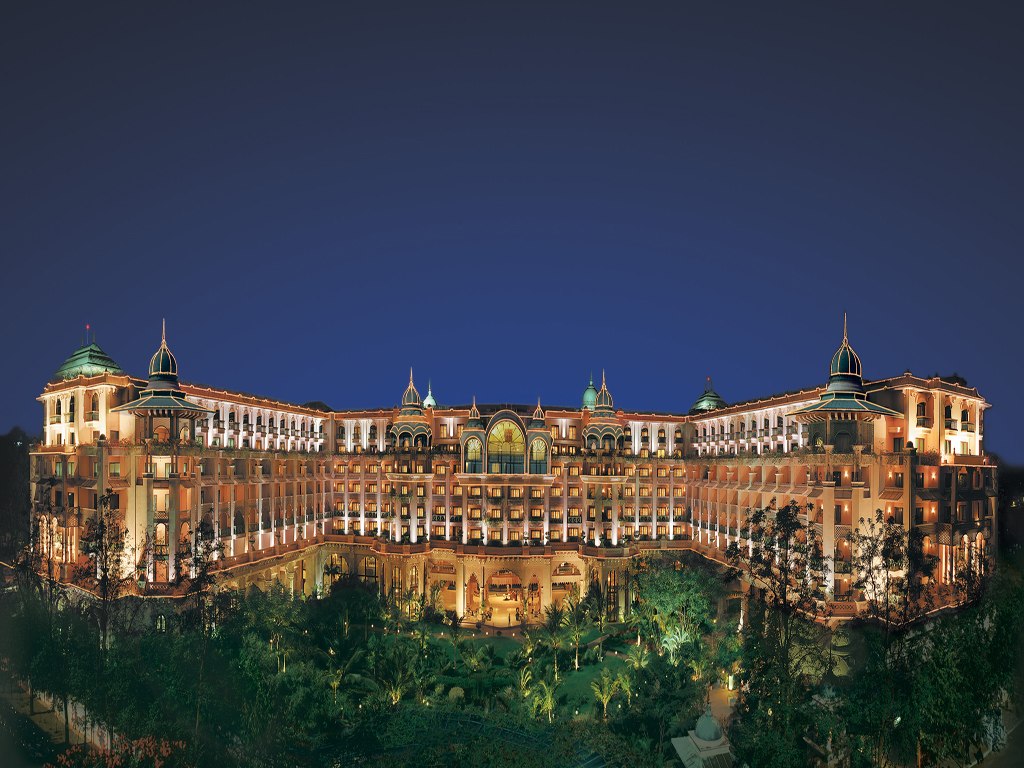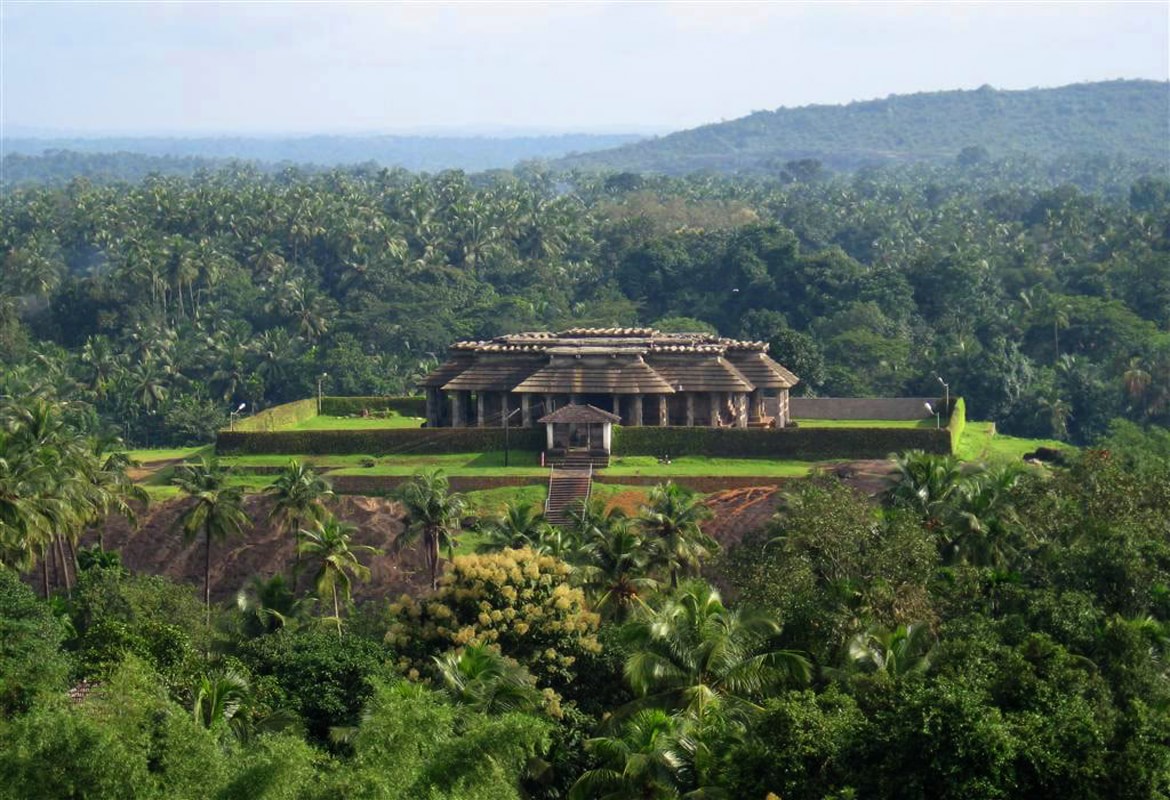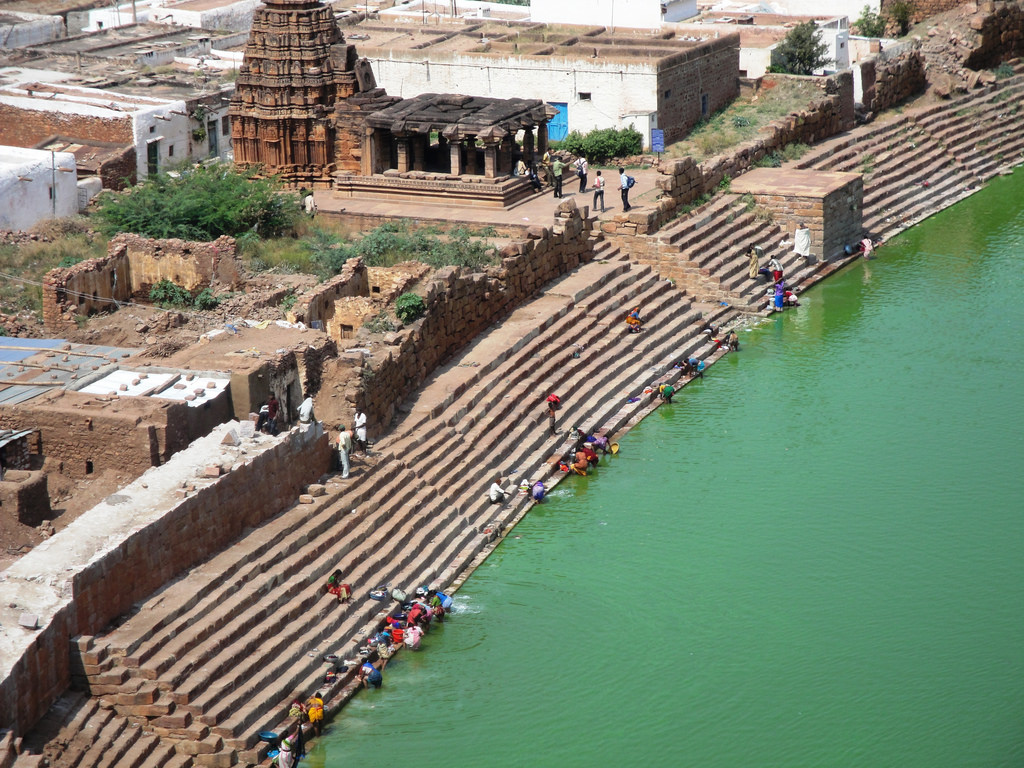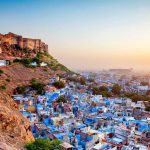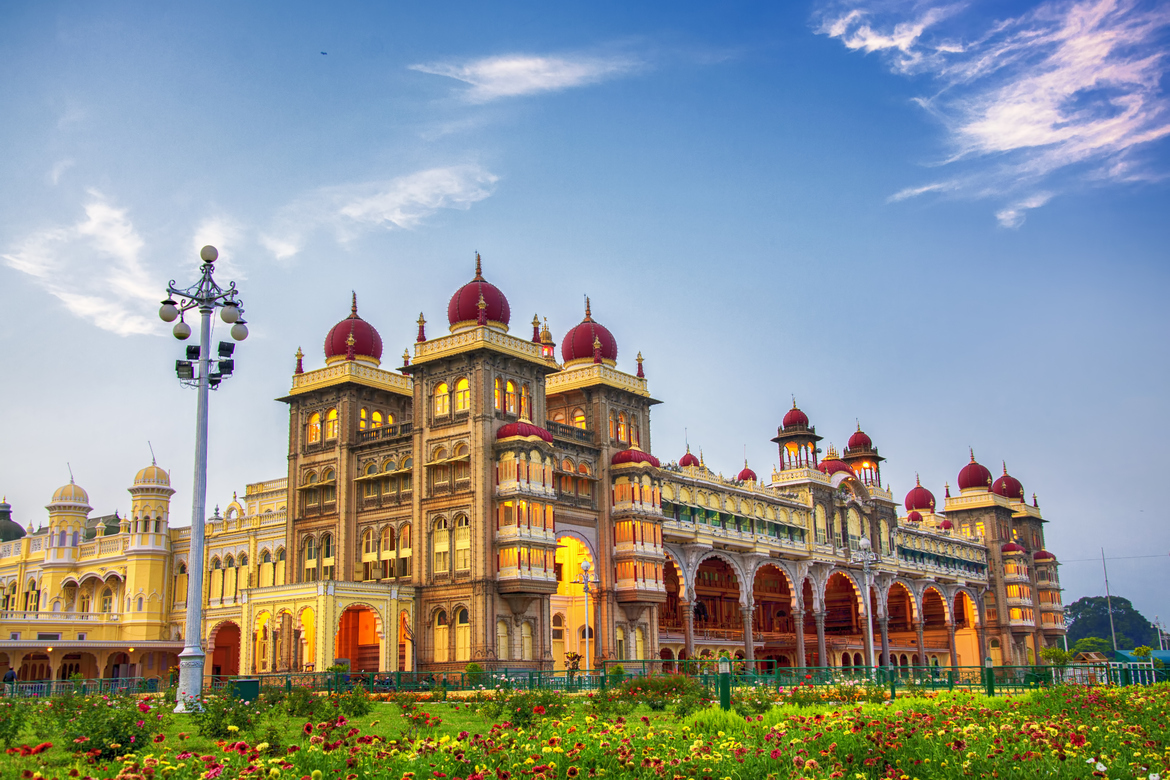
Mysore Tourism and Travel Guide
History of Mysore: Mysore is the former Capital of the erstwhile Wodeyars and the state of Mysore. Mysore is also known as the City of Palaces. Abode ofMysore untold grandeur and glory, where the rich heritage of the Wodeyars is carefully preserved to this day in its magnificent palaces, gardens, broad shady avenues and sacred temples. There is an old world charm about the city that reaches out and leaves no one untouched. Mysore, or Mahishur as it was called in the past, traces its history back to the mythical past, when Goddess Chamundeshwari of Chamundi Hills killed the wicked buffalo-headed demon, Mahishasura.
Mysore also has associations with the Mahabharatha and King Ashoka of 3rd century B.C. During the Wodeyar rule, Mysore reached the zenith of its glory as a fabled center of oriental splendor. Hyder Ali and his valiant son Tippu Sultan are notable figures in the history of the land. They expanded the Mysore kingdom on an unprecedented scale and by their resistance against the British, became personages of world fame. Tippu was a great scholar and lover of literature. His
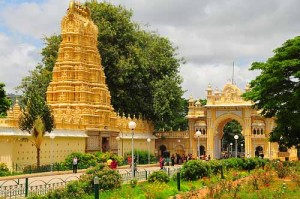
artistic pursuits were also many and he made rich gifts to the Hindu temples. Tippu Sultan “Tiger of Karnataka” was killed in 1799 A.D., and the Mysore throne was handed back to the Wodeyar’s. The whole of Karnataka came under the control of the British in the beginning of the 19th century. The new state was named as new Mysore and the Maharaja of Mysore was appointed Governor by Independent India. This unified state was renamed as Karnataka on November 1, 1973. Mysore – the former capital of the erstwhile Wodeyars and also of the State of Mysore lost its prominence to Bangalore.
The recorded history of Mysore City, which was a principal town of a district, goes back to 10th century AD. After witnessing many vicissitudes and remaining for centuries the headquarters of a small principality, Mysore, for well nigh two centuries lost out to Srirangapatna as a city of any consequence. It was Raja Wodeyar who, in 1610, set up headquarters at Srirangapatna after asserting his independence from the Vijayanagar viceroy. The centre of gravity shifted back to Mysore with the court starting to function once again and the population remigrating to it from Srirangapatna. It was administered under the British Commission from 1831 to 1881 after a spell of governance under the great Dewan Purnaiah, who survived the Hyder-Tippu era.
The city really started growing into its present form after the Rendition of 1881 when the throne was restored to Chamarajendra Wodeyar, the scion of the royal family, who ruled the State for 13 years till his death in 1894. MysoreChamarajendra Wodeyar and later the Maharani Regent commissioned a number of important buildings, besides putting some order in the City’s by now visible growth. But the credit for its blossoming into the city that we are familiar with goes to the long spell of rule of Krishnaraja Wodeyar, the Saint King and prince among builders, the Silver Jubilee of whose reign was celebrated in 1927. The foundation of the City’s spacious and excellently planned layouts had already been laid during the administration of Dewans Seshadri Iyer and M. Visveswaraya. With the Silver Jubilee Spirit of the celebrations of Krishnaraja Wodeyar’s rule, the city invested with much of its remarkable aesthetics – new parks and boulevards and some noteworthy additions to its architectural scene. Sir Mirza Ismail (Dewan from 1926 to 1941), a great aesthete himself, did much to enhance the City’s aesthetics.
Mysore inspite of being ruled by different Rulers and Kingdoms for ages, still retains its old charm and stately beauty. There are many ‘not-to-be-missed’ sights in Mysore like the magnificent Mysore Palace, Sri Jayachamarajendra Art Gallery, St. Philomena’s Church, KRS Brindavan Gardens.
Wodeyars of Mysore – (1578 -1947) With founding of Mysore dynasty in 1399 AD by Yaduraya, Mysore has seen 24 rulers. Till emergence of Raja Wodeyar in 1578 AD, the Mysore Kingdom was a small feudatory Kingdom under the Vijayanagar Empire. With the fall of Vijayanagar Empire in 1565 AD, the Wodeyars inherited and perpetuated the traditions of Vijayanagar Empire. Raja Wodeyar ascended the throne in 1610 AD, in Srirangapatna the erstwhile capital and inaugurated the Dasara Festivities which are still celebrated with all grandeur. The most celebrated Kings after Raja Wodeyar who contributed to the cultural heritage of Mysore are Ranadhira Kanthirava Narasaraja Wodeyar (1638 -1659 AD), Chikka Devaraja Wodeyar (1673 -1704 AD), Mummadi Krishnaraja Wodeyar (III) (1799 – 1868 AD), Nalvadi Krishnaraja Wodeyar (IV) (1902 -1940 AD) and Jayachamarajendra Wodeyar from 1940 till the establishment of the Republic of India.
Between 1761 and 1799, Hyder Ali along with his son Tippu Sultan ruled the State. With the defeat of Tippu Sultan by the British at Srirangapatna in 1799, five year old Prince Krishnaraja Wodeyar (III)Mysore was installed the King of Mysore on the throne of his ancestors.
Wodeyars contributed a great deal towards arts and culture. Palaces, temples, the Mysore school of traditional painting, women’s schools and colleges and music maestros bear witness to the liberal grants and patronage of Mysore kings. Mysore was the only highly industrialized and progressive
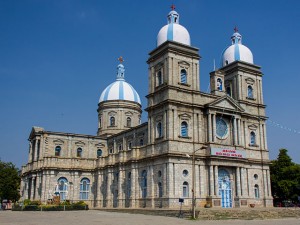
native state in India in steel, silk, soaps and hydro-electricity. The kingdom was benefited from visionaries like Sir Mirza Ismail and Sir M. Visveswaraya who served under the Wodeyars.
Mysore in Karnataka is an important destination. The historical city had gained political important since ancient times. In terms of art and culture, Mysore always had a place of prominence. Palaces, gardens, shady avenues and sacred temples literally dot all over the city.
Huge numbers of tourist pay a visit to the ancient city. Here Travel.mapsofindia brings you complete information on how to reach Mysore.
How to Reach?
Mysore by Air: The nearest airport from Mysore is Bangalore, which is also the capital of Karnataka. Bangalore at the same time is an industrial city. Several numbers of airlines operate regular flights to and from Bangalore and nearly all major cities like Delhi, Mumbai, Chennai, Kolkata.
Mysore by Road: A convenient network of roads connects Mysore to important cities in Karnataka. A state highway links the city with Bangalore (139kms).
Mysore by Rail: Mysore has a railway station with in the city. It is linked by rail to Bangalore and many other cities in south India. Prestigious luxury trains and many other mails and express trains service this station regularly.
Culture: Mysore Culture is a fine combination of the historic heritage and the Mysorecontemporary achievements of the city. As a land of the mighty maharajas Mysore has always been a appealing place of grandeur. The cultural saga of Mysore speaks of the past ages when this beautiful city of Karnataka was a dominion of the brave kings.
From architecture and poetry to paintings and music the kings of Mysore have contributed significantly towards the enrichment of the culture of the city. The Wodeyars and Vijayanagar kingdom were known to have spread the message of brotherhood and allowed the peaceful co-habitation of multi-religious people in Mysore.
Today, the gamut of religion present in Mysore tells of an important part of the culture of the place. Be it the Hindus or the Muslims all communities live in Mysore with sufficient cordiality. This shows the immense influence of the cultural tradition of Mysore which made the people live like brethren on a common ground.
The festivals of Mysore are a fascinating indicator of the cultural unity of the place. Inhabited by people of different faiths and beliefs Mysore becomes a common cultural canopy under which the various social festivals are celebrated by one and all. Dasara is one such major festival followed by the people of Mysore with enough mirth and enthusiasm.
The ten day long festival of Dasara is celebrated by the inhabitants of Mysore by taking out a procession in which the Goddess Chamundhi idol is placed on a well-embellished elephant. Sweet is exchanged by people of all religion during Dasara festival in Mysore. Also, all the houses of the city are beautifully decorated.
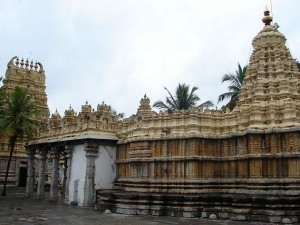
Representing the inherent charisma of the oldest of traditions and events, Mysore Culture stands as a distinct identity of the place.
Cuisine of Mysore: Mysore is in South India and like all the other states in this part of the country, most of the food is rice based. There is more to Mysore cuisine that the famous dosa and idli that is well known all over the world as the food of the South. Though idli and dosa form an important part of the cuisine of Mysore but the different types of dosas and idlis and chutneys to accompany them will take one by surprise. Traditional Mysore breakfast is simple, wholesome and delicious. Most of them are rice based and are normally served with chutney.
Though the all time favourite is dosa with potato filling eaten with sambar and coconut chutney and onion chutney. There are other types of dosas like set-dosa, rava or semolina dosa. Another type of idli that is commonly eaten is ‘thatte idlis’ (flat idlis). The other popular breakfast is ‘uppittu’ (roasted semolina laced with chillies, coriander leaves, mustard and cumin seeds). The other dishes that are common eaten as breakfast are puri palya, uthapam, vada sambar and kesari bath (a sweet made of semolina and sugar laced with saffron).
A traditional lunch of Mysore is a splendid spread that includes a number of essential dishes. These includes a cereal salads like kosambri, palyas (vegetable salads made of parboiled vegetable chopped finely and tossed with grated fresh coconut, green chillies, curry leaves and mustard seasoning), gojju(a vegetable cooked in tamarind juice with chilli powder), tovve (cooked dal without much seasoning), huli or saaru (a thick broth of lentils and vegetables cooked together with ground coconut, spices, tamarind and chilli powder) and pappad.
There is a range of rice-based dishes as well that include chitranna (rice with lime juice, green chilli turmeric powder sprinkled with fried groundnuts and coriander leaves), vangibath (spiced rice with egg plant) and pulliyoigrae (rice falvoured with tamarind juice and garnished with groundnuts) are part of the traditional food of Mysore. The most distinctive Mysore dish is the famous bisibelebath a sumptuous combination of rice, lentils, tamarind, dried coconut, chilli powder and spices. In rural Mysore like in the other parts of Karnataka ragi muddae (steam-cooked finger millet powder rolled into large balls) eaten with soppina huli or saaru(thick broth made with edible green leaves and lentils) or mutton curry.
Desserts: To complete your delicious meal, indulge in some of the unique sweets of Mysore like chiroti (a light flaky pastry made of flour, sprinkled with powdered sugar and soaked in almond milk), Mysore Pak (gram flour fudge), obbattu or holige (a flat, wafer-thin chappati filled with a mixture of jaggery, dried coconut and fried gently on a skillet) and shavige payasa (made of milk, vermicelli, sugar, dried fruits and cardamom pods).

